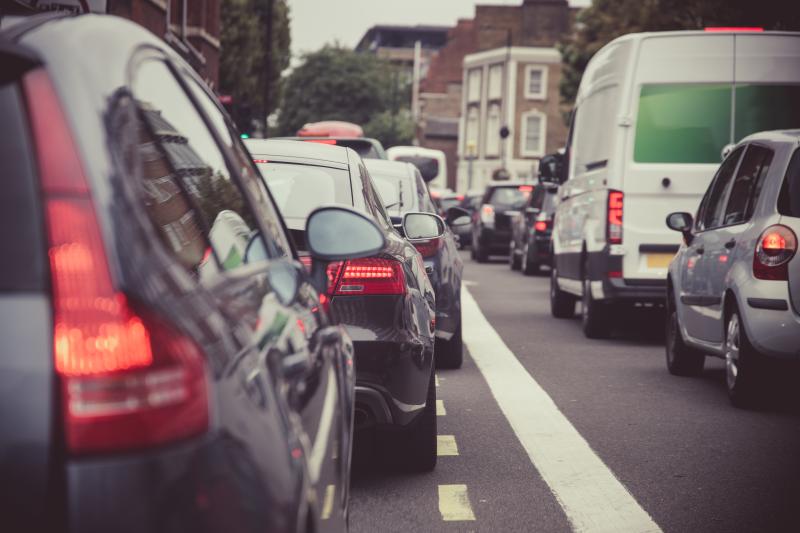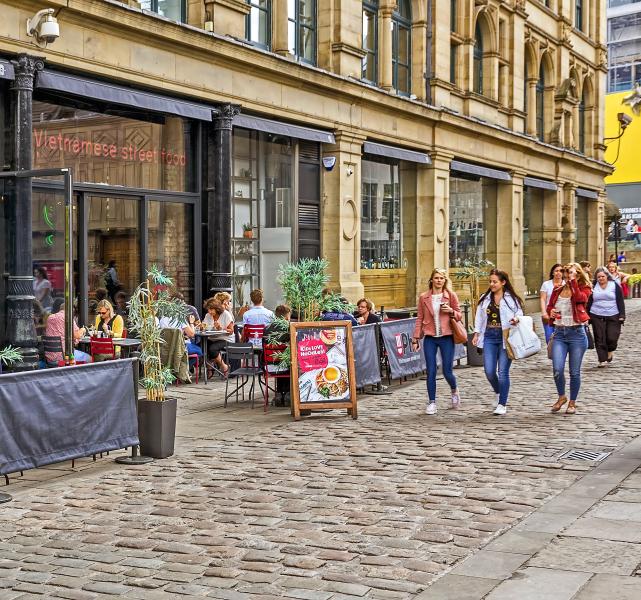Mike Childs07 Jan 2021
Many councils have acknowledged that their policies must address the climate emergency. Making far-reaching decisions on transport could make a substantial contribution to cutting carbon emissions but some decisions are easier than others.
From cars to bikes and buses
A key challenge councils must answer is just how much and how quickly should they get people out of their cars and onto bikes and buses? Especially since electric cars will soon become the norm and will be making significant contributions to cutting carbon emissions and some types of air pollution1. Undoubtedly some transport planners will be hoping that this means they won’t have to tackle car use. Unfortunately for them even conservative estimates of what is needed point to the need for some modal shift – a switch towards a more sustainable and less polluting form of transport.
Reducing car mileage especially in cities
The Climate Change Committee (CCC), the government’s official climate advisers, has made its recommendation on the UK’s pathway for cutting carbon emissions, including for surface transport. This pathway, which they admit is conservative and the minimum to be achieved, identifies a 9% reduction in car mileage by 2035 and 17% by 2050. This means much greater reductions in urban car journeys where modal shift is more straight-forward than modal shift for longer-distance inter-urban travel.
Friends of the Earth argues that we need much deeper and more rapid reductions in car mileage if the UK is to make our fair share of global carbon emissions cuts to prevent more than 1.5 degrees of global warming. The CCC’s pathway for all emissions leaves the UK well short of the reductions required in more equitable pathways (64% emissions cuts by 2030 compared to 74%, 80% or 90%, depending on which approach to equity chosen2).
What local authorities can do
We have commissioned consultants Transport for Quality Life to identify how local authorities could reduce car mileage. The report – which will be of use to transport campaigners and transport planners alike – identifies 27 actions that local authorities could take. The table below summarises them, together with an assessment of co-benefits.
If local authorities are serious about the climate emergency and hope to meet climate change goals, then they must up their game. They must put in place policies to get people out of their cars.
Across the country they should be aiming to, on average, double the proportion of journeys by public transport, cycling and walking, as well as encouraging much more car-sharing. Some of this is within their remit. Some action can only take place with government support. The good news is that change is possible, and as the report shows, is already happening in many locations across Europe.
27 actions local authorities can take to reduce car use
The table below summarises actions local authorities can take. Full details are available in the Transport for Quality of Life briefing.





